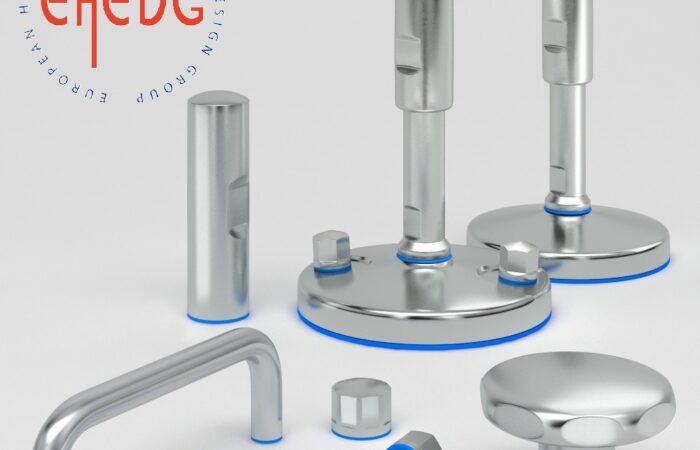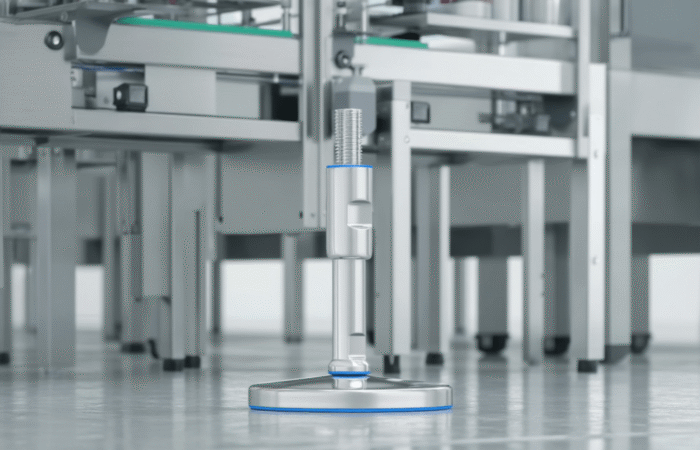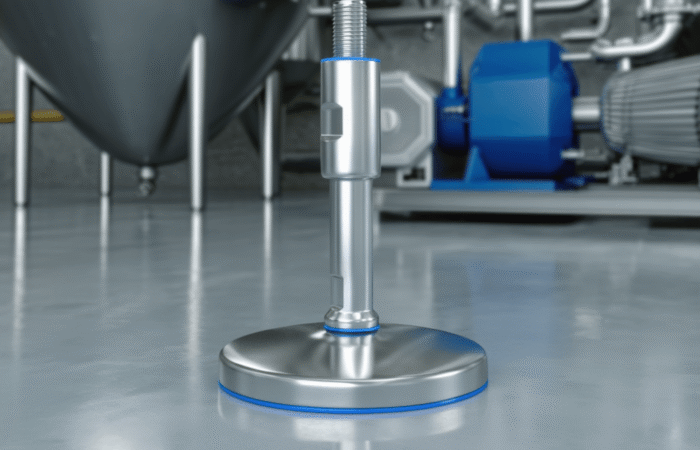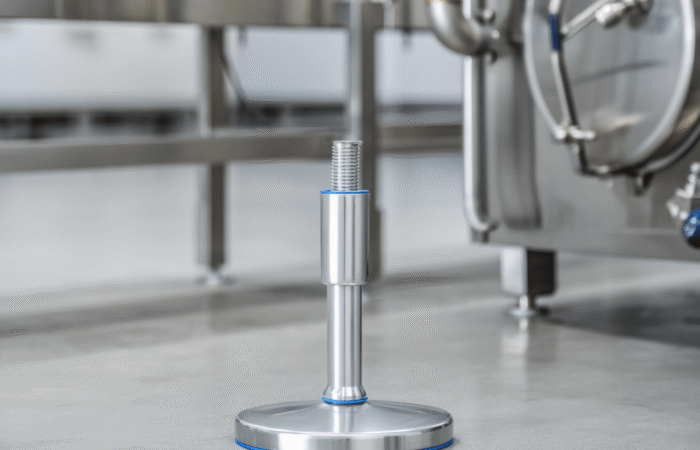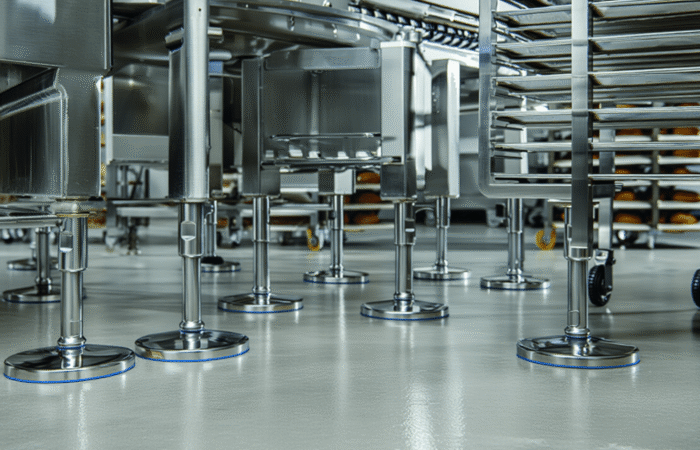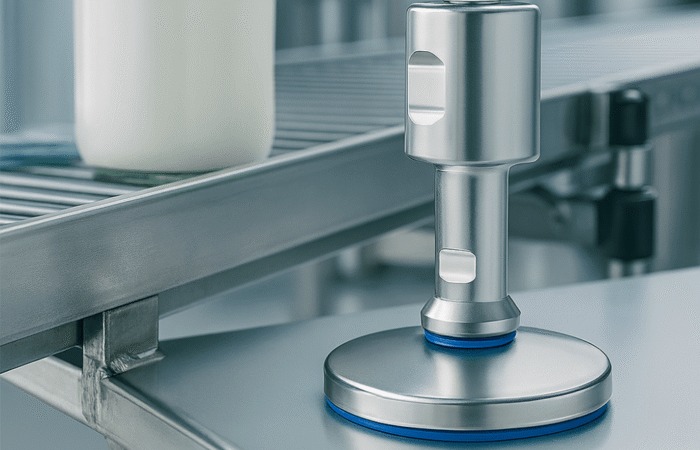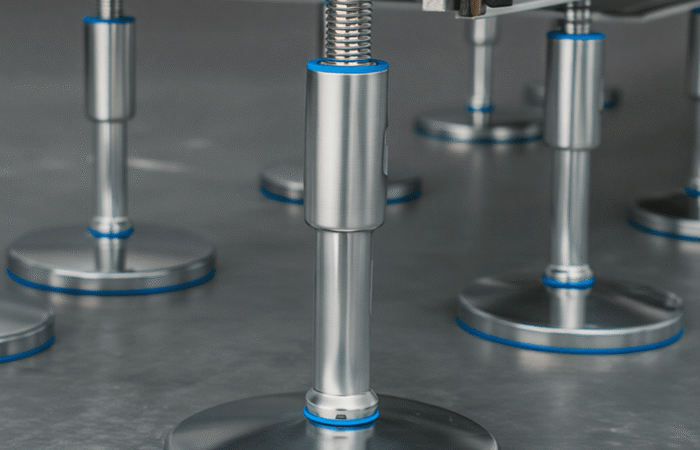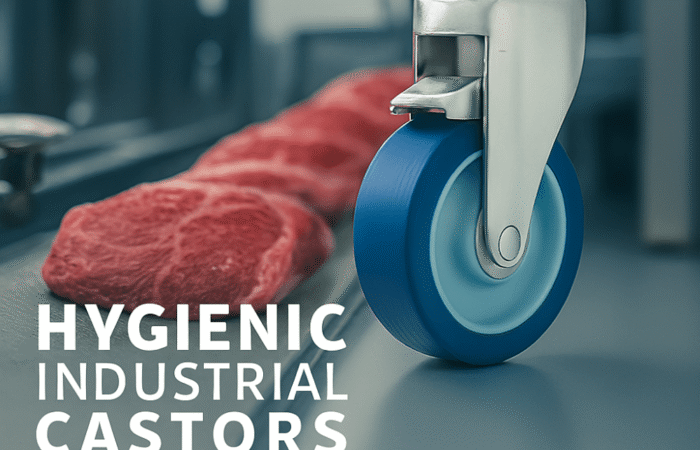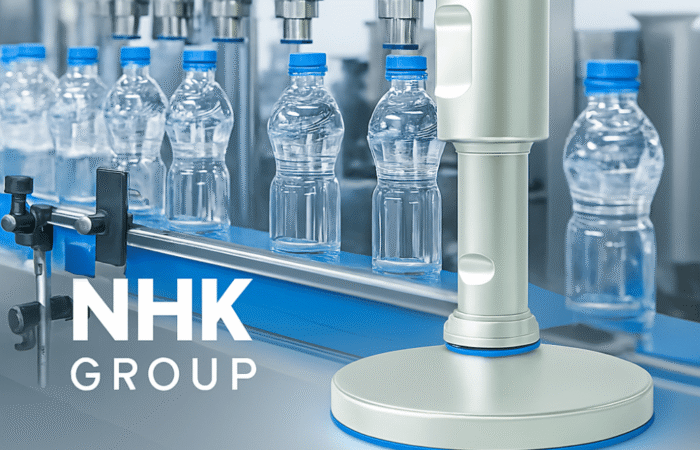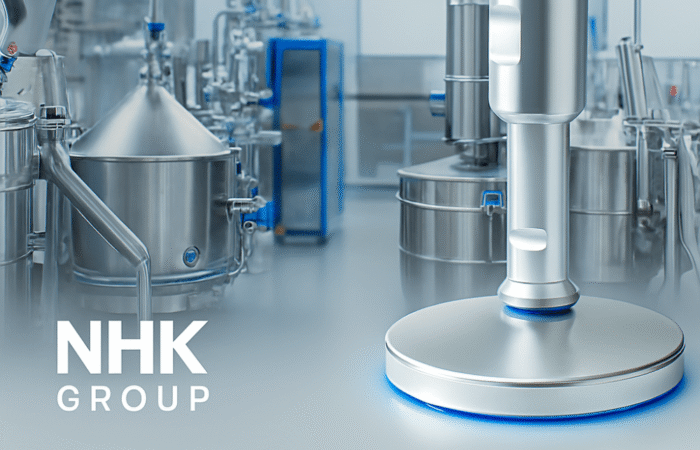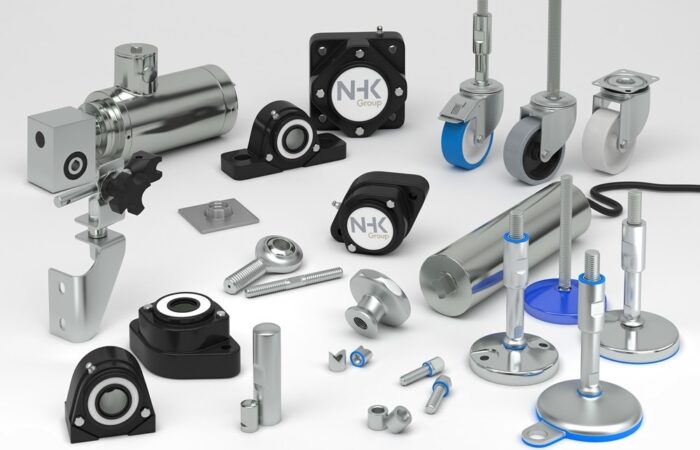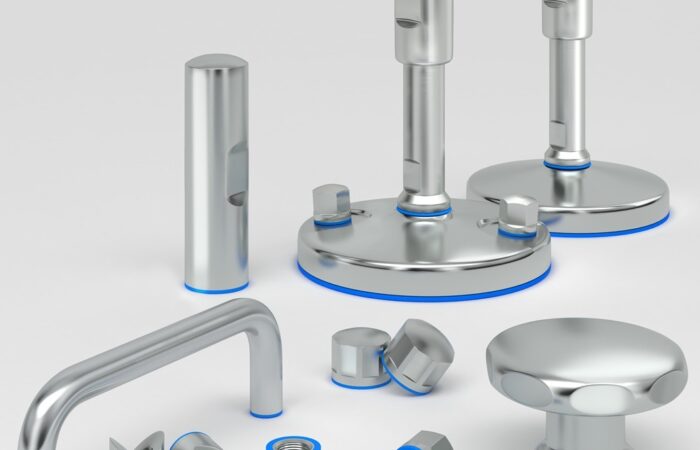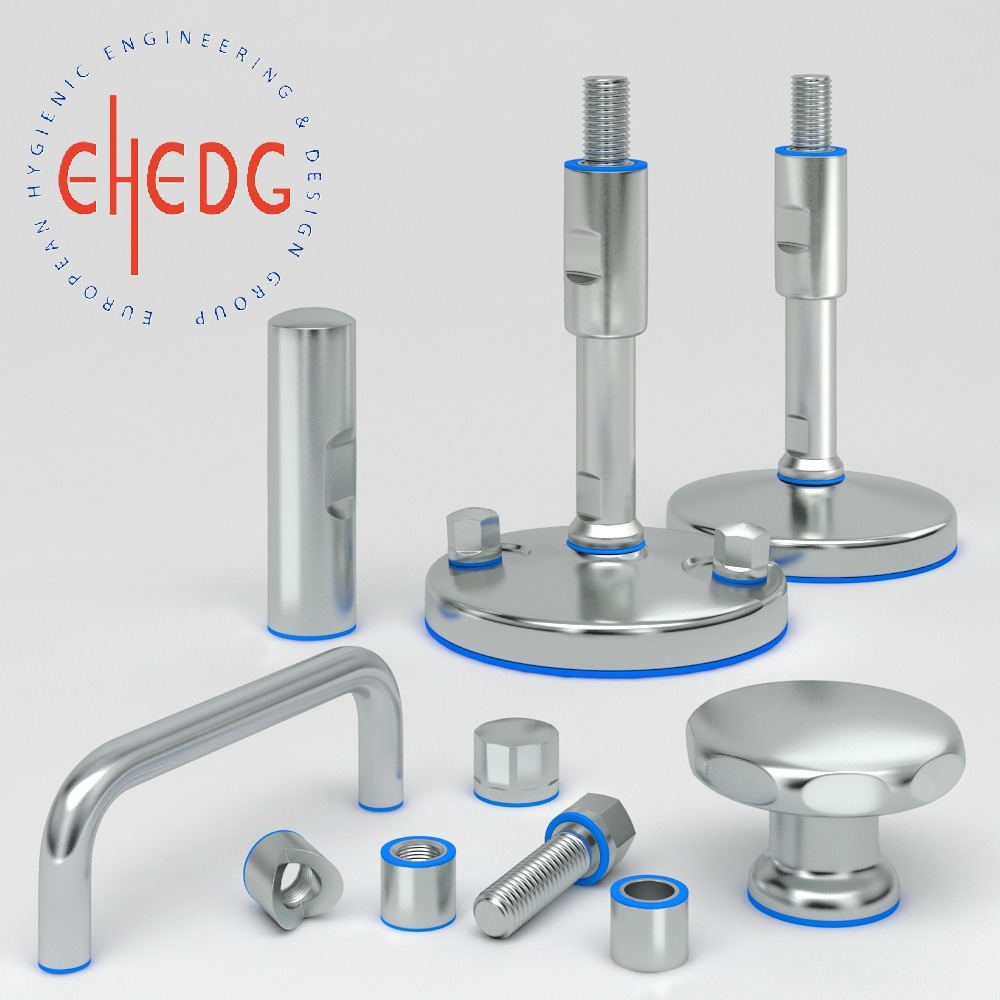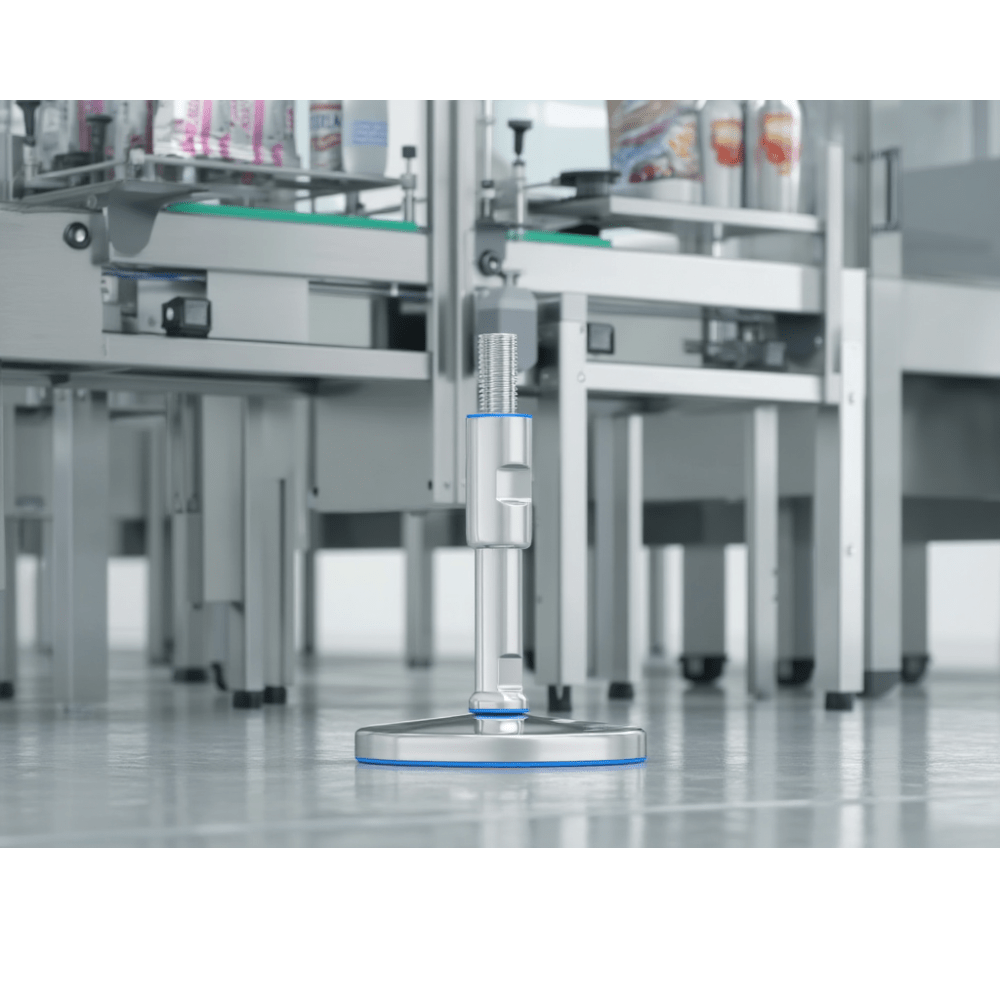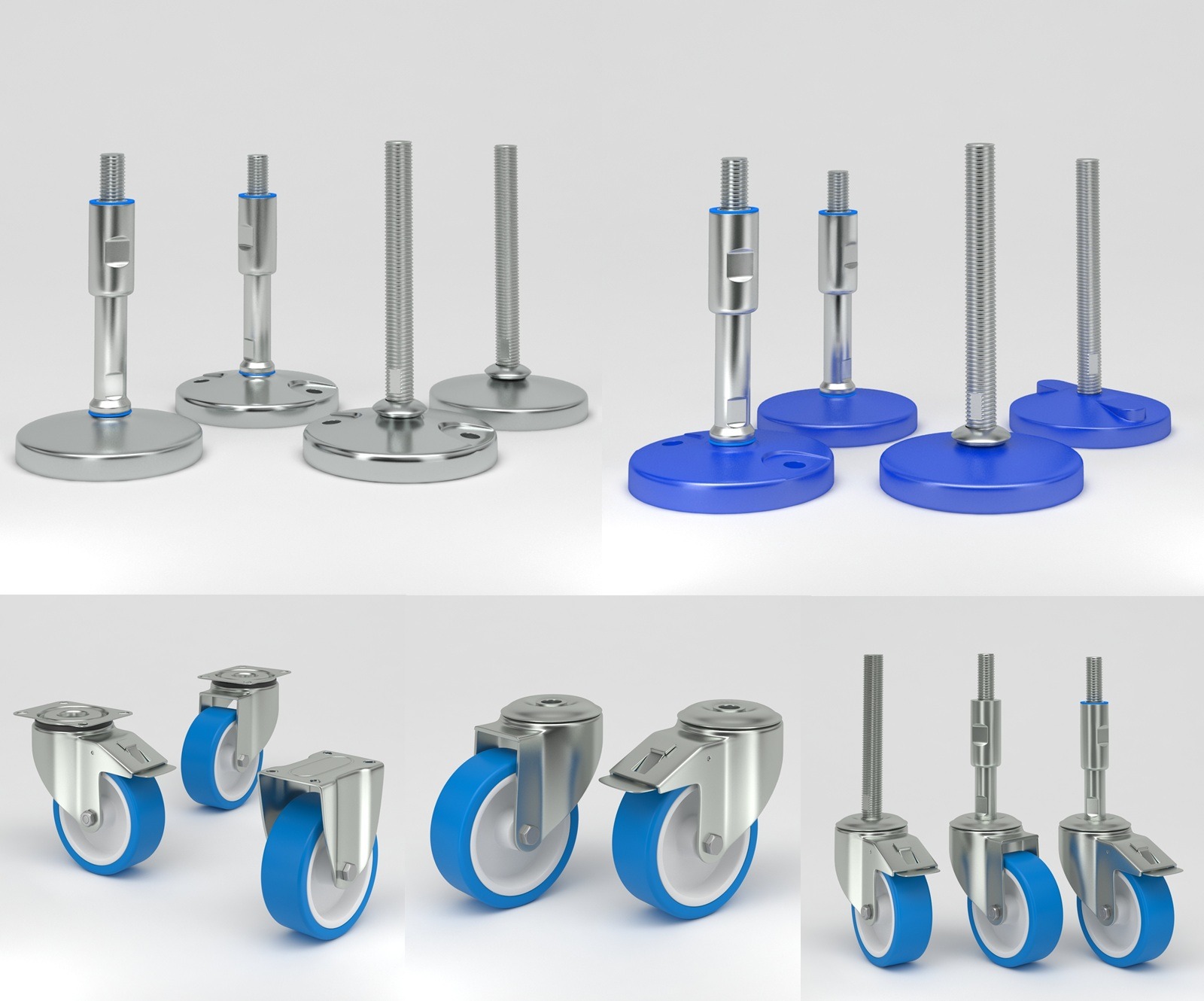
Detailed Comparison: Industrial Casters vs. Leveling Feet
In industrial environments, the choice between industrial casters and leveling feet plays a crucial role in equipment stability, mobility, and operational efficiency. Each serves a specific function, and selecting the right one depends on the application, equipment requirements, and environmental factors. Below, we compare industrial casters and leveling feet to help you make an informed decision. Casters are wheel-based components attached to the base of machinery or equipment, designed for easy mobility and maneuverability. They allow equipment to be relocated quickly, reducing downtime and enhancing workspace flexibility. Leveling feet are stationary supports with adjustable height mechanisms that provide stability, level alignment, and weight distribution for machinery on uneven surfaces. They ensure vibration control and precision alignment. ✅ Enhanced Mobility – Equipment can be moved easily between work areas. Disadvantages of Industrial Casters ✅ Superior Stability – Keeps machinery stationary and vibration-free. Disadvantages of Leveling Feet For applications where both mobility and stability are required, leveling casters combine the benefits of casters and leveling feet. ✅ Dual Functionality – Offers both mobility and stability in one component. 1. Do you need frequent movement of equipment? 2. Is absolute stability a priority? 3. Do you require both mobility and stability? 4. Are hygiene and cleanability important? 5. Does your equipment operate in a vibration-sensitive environment? Choosing between industrial casters and leveling feet depends on the specific application, operational environment, and stability vs. mobility requirements. For industries such as food processing, pharmaceuticals, packaging, and biotechnology, hygienically designed components (e.g., stainless steel casters and EHEDG-certified leveling feet) ensure compliance with sanitary regulations. By selecting the right support mechanism, businesses can improve operational efficiency, safety, and equipment longevity while ensuring compliance with industry standards.Industrial Casters vs. Leveling Feet
Definition & Purpose
Industrial Casters
Leveling Feet
Key Differences Overview
Feature Industrial Casters Leveling Feet Primary Function Enables movement of equipment Stabilizes and levels equipment Mobility High (movable in any direction) Stationary (non-movable) Stability Lower (even with locking mechanisms, some movement may occur) High (ensures zero movement) Vibration Control Minimal Excellent Load Capacity Varies (from light to heavy-duty casters) Supports extremely heavy loads Adjustability Some casters have height adjustment Easily adjustable for leveling on uneven surfaces Cleaning & Hygiene Harder to clean in hygiene-sensitive environments Easy to clean with smooth surfaces (EHEDG certified options available) Durability High but requires maintenance for wheels and bearings Extremely durable with minimal maintenance Use in Harsh Environments May be susceptible to dust and debris accumulation Resistant to chemicals, moisture, and extreme conditions Best Used For Mobile equipment, carts, transport systems Fixed machinery, precision applications, food & pharma equipment Advantages & Disadvantages
Advantages of Industrial Casters
✅ Improved Workflow Flexibility – Machinery can be repositioned quickly for process optimization.
✅ Reduces Manual Labor – Reduces the need for forklifts or lifting devices.
✅ Locking Mechanisms for Stability – Many casters come with brakes to prevent unwanted movement.
❌ Limited Stability – Even with brakes, slight movement may occur.
❌ Potential Floor Damage – Wheels may leave marks, scratch floors, or cause indentations.
❌ More Maintenance Required – Bearings and wheels may wear out and need lubrication.Advantages of Leveling Feet
✅ Ideal for Uneven Surfaces – Adjustable feet compensate for floor irregularities.
✅ Minimizes Vibrations – Reduces equipment wear and noise levels.
✅ Hygienic Design – Easy to clean, essential for food, pharmaceutical, and cleanroom applications.
❌ Lack of Mobility – Equipment is fixed in place once installed.
❌ Manual Adjustments Required – Must be manually adjusted for height and leveling.
❌ Requires Additional Tools for Relocation – Moving heavy equipment requires lifting devices.Applications in Various Industries
Industrial Casters Are Best For:
Leveling Feet Are Best For:
Hybrid Solution: Leveling Casters
How Leveling Casters Work
Advantages of Leveling Casters
✅ Space Optimization – Allows for easy workspace reconfiguration.
✅ Reduces Setup Time – No need for external lifting tools to switch between stationary and mobile states.Applications of Leveling Casters
Decision-Making Guide: Which One Should You Choose?
✔ Yes → Choose Casters
✔ No → Choose Leveling Feet
✔ Yes → Choose Leveling Feet
✔ No → Casters with locking mechanisms may be sufficient
✔ Yes → Use Leveling Casters
✔ Yes → Leveling Feet (EHEDG certified models available)
✔ Yes → Leveling Feet provide better vibration controlExtensive Comparison of Stability, Mobility and Efficiency in Industrial Equipment
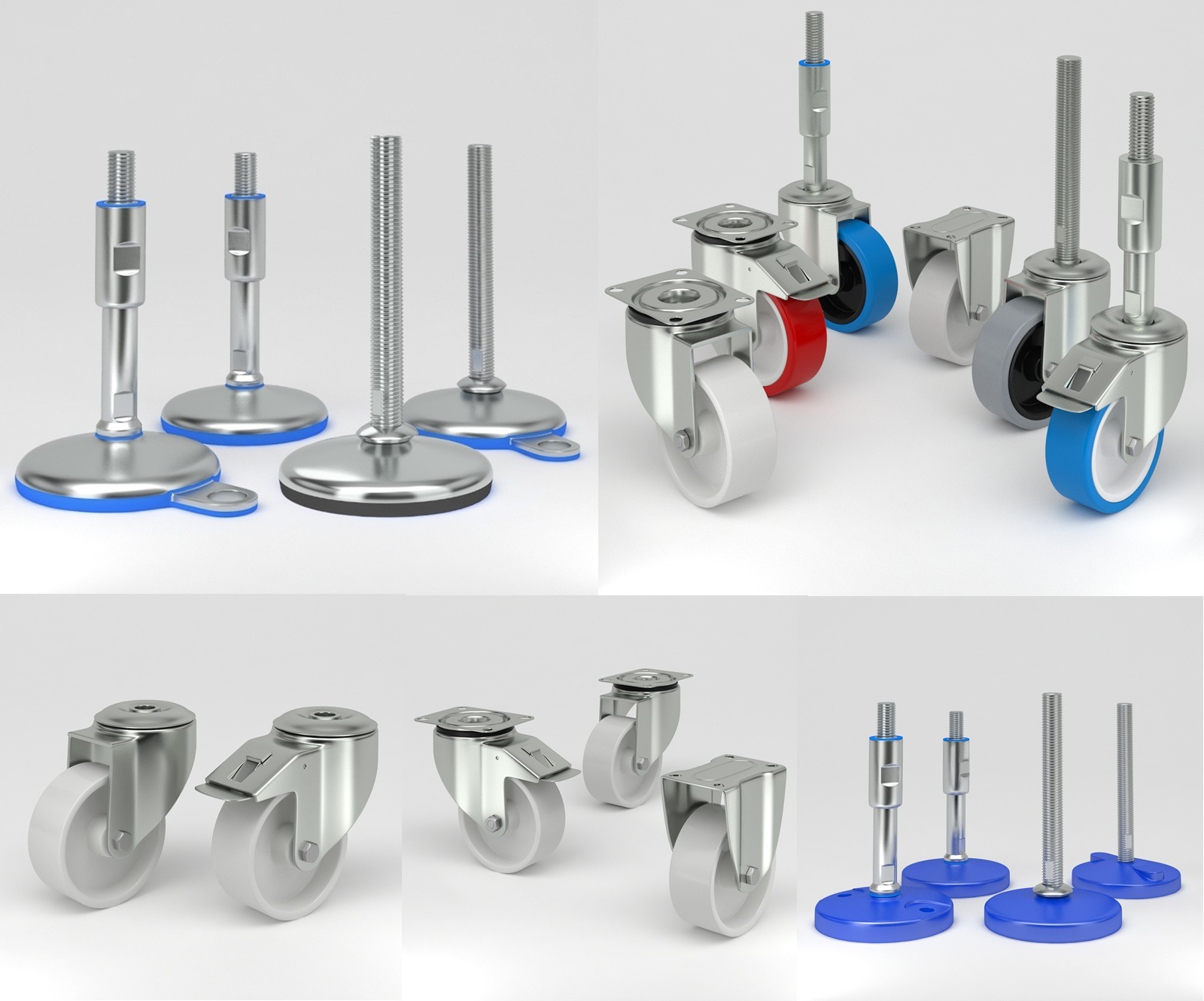
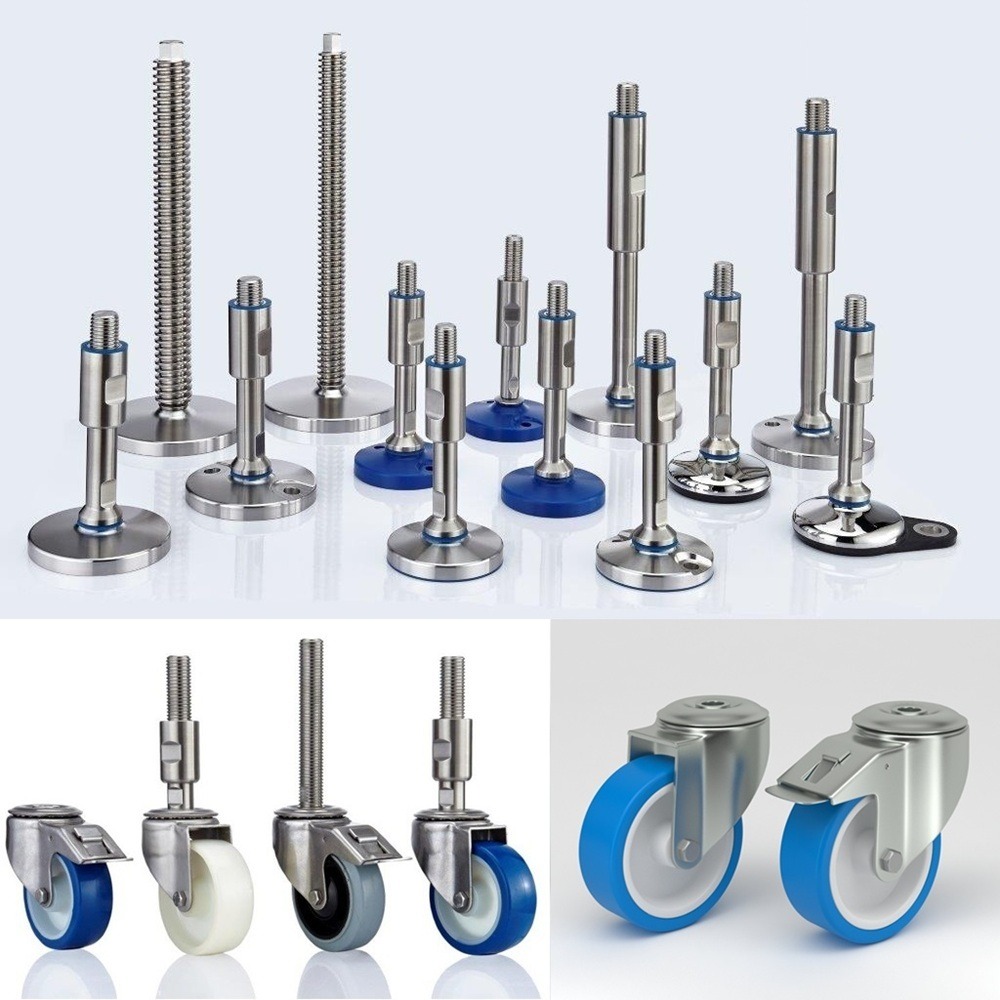
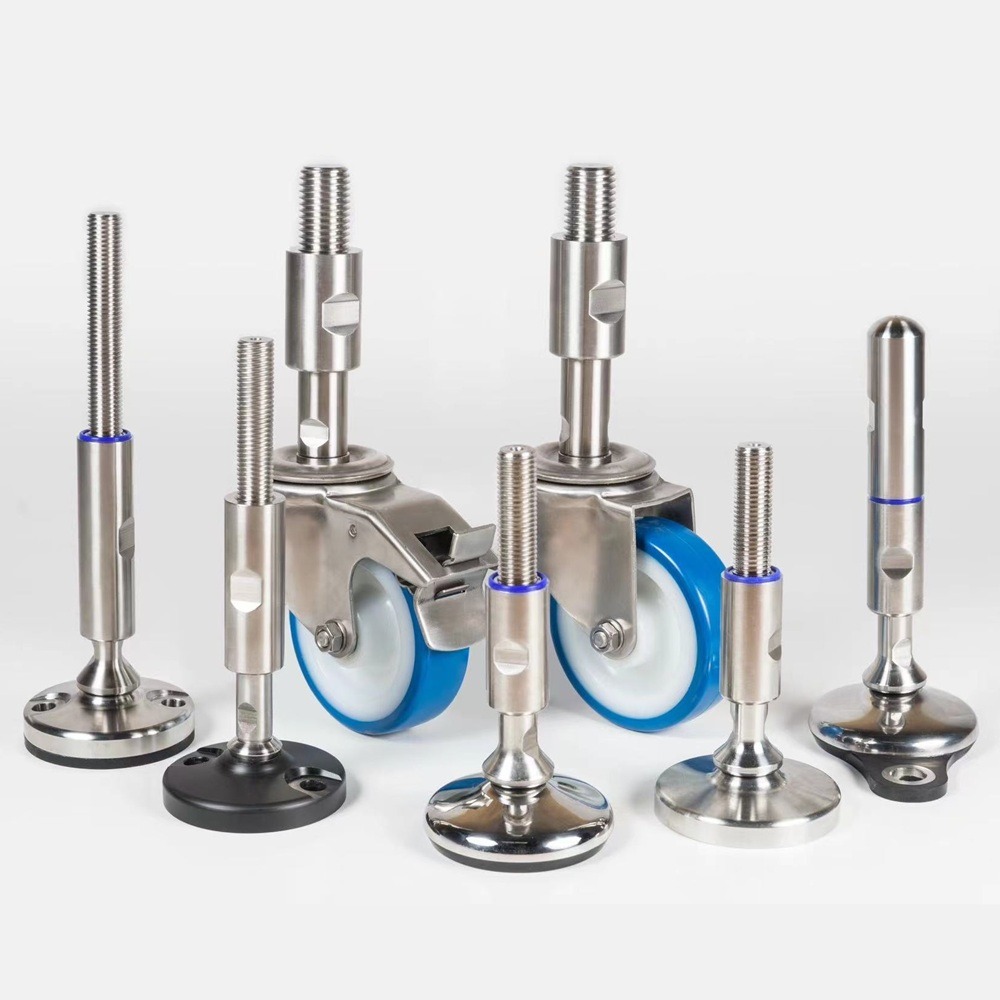
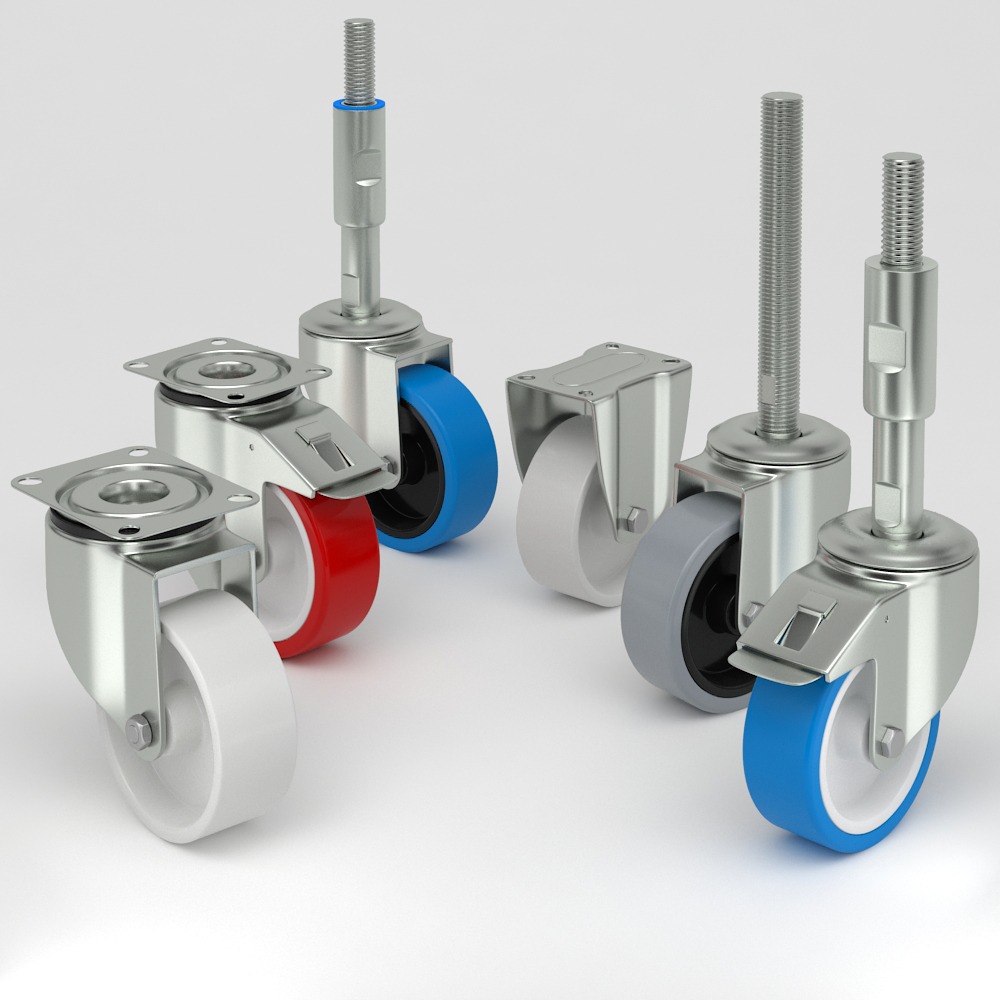
Contact
